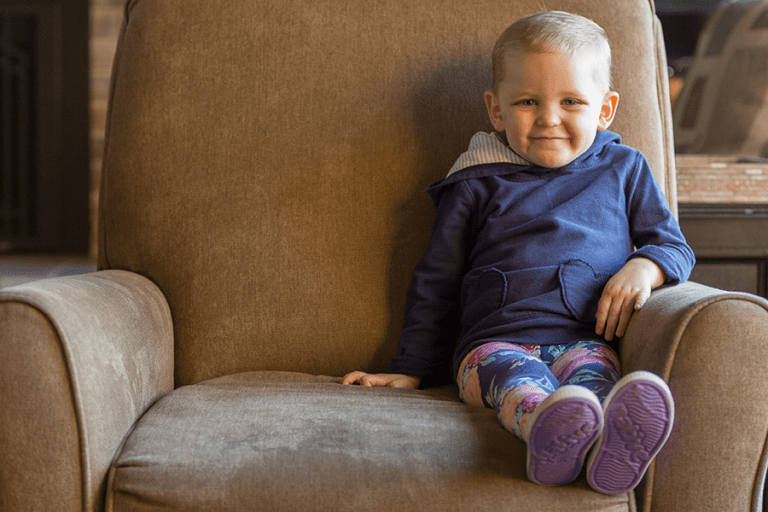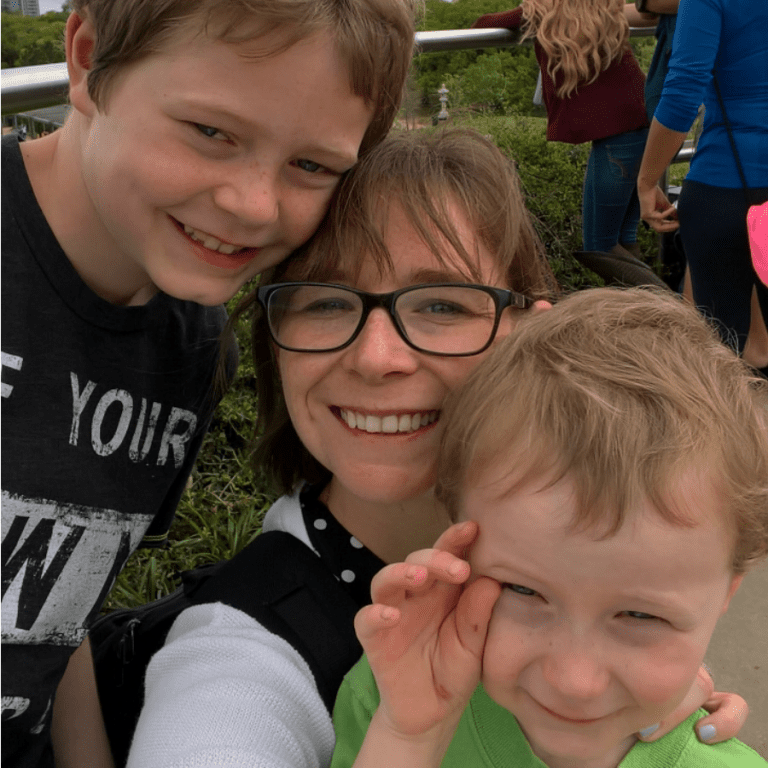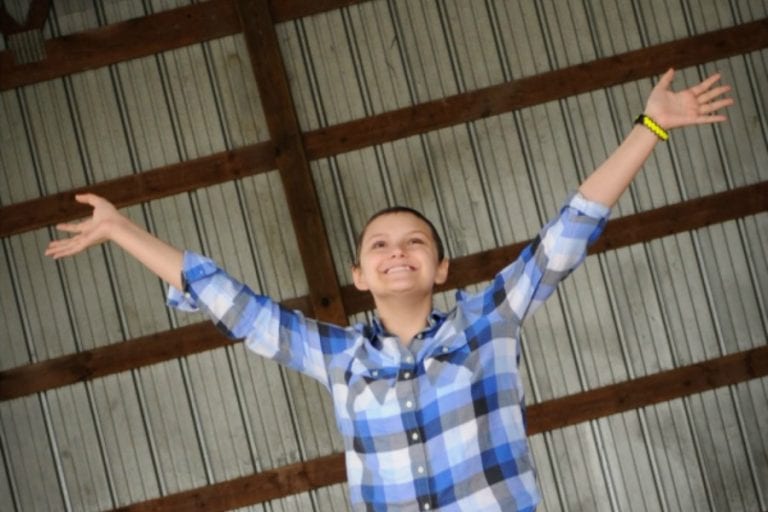When Beau Webber, PhD, hit the internet refresh button for what felt like the thousandth time, some of the best news of his career popped up on his screen: The Ewing sarcoma research he’d been working on with epidemiologist Logan Spector, PhD, was selected for a multimillion-dollar National Institutes of Health R01 grant— his first as a junior investigator.
“I was downstairs, and my son was eating cereal... I woke the rest of the house up,” he said. “It’s huge, for a young investigator like me. Whether or not you can get an R01 could make or break your career.”
Spector said he knows just how Webber felt. “I’ve been there dozens of times, hitting refresh while waiting for the result of a grant application. I was not surprised, though. Beau and the team put together a truly innovative grant on Ewing sarcoma,” he said.
For the last two years, Webber and Spector had been collaborating to uncover the origins of Ewing sarcoma using funding provided in part by Children’s Cancer Research Fund.
The R01 is the largest research grant the NIH can award to an individual project, and less than 20% of the applicants received an R01 award in 2021. For scientists relatively new to the field, like Webber, it’s hard to compete because they don’t yet have the extensive portfolio necessary to have an edge. Add in a rare childhood cancer like Ewing sarcoma which doesn’t impact a wide population, and the odds of being granted an R01 are even slimmer.
But CCRF’s Emerging Scientist Award helped Webber get that edge when he used the funding to kickstart this project in 2017. “We would’ve never gotten [an R01 grant] without CCRF helping mature the project. The Emerging Scientist Award got the ball rolling, and we snowballed it into a bigger project,” he said.
“We simply would not be anywhere without CCRF and other [philanthropic] support,” Spector noted. “These are expensive experiments.”
With CCRF funding, Webber and Spector devised a novel way to home in on the genes that may be key to its development.
When Ewing sarcoma occurs, a genetic fusion in the cancer cells called EWS/FLI1 causes thousands of genes to go haywire — far too many to even begin to discern any sort of targeted treatment. No one knows exactly which of these many genes are responsible for causing the deadly bone and soft tissue cancer.
As an epidemiologist, Spector had observed that Ewing sarcoma occurred nearly ten times more often in people of European descent than those of African descent. This suggested a genetic influence on the response to EWS/FLI1 and susceptibility Ewing sarcoma. Together, he and Webber decided that comparing the cell lines of these two populations would be a good place to start.
They gathered stem cell lines from individuals with ancestries ranging from 100 percent European to 100 percent African.
Using Webber’s sophisticated tumor models, they then introduced the EWS-FLI1 mutation that causes Ewing sarcoma into cells from each of these genomes and characterized the response. “We found many spots in the genome where EWS-FLI1 bound to DNA differently depending on the ancestry found in that location,” Spector said.
After lengthy observation and comparison, they narrowed 3,000-4,000 genes down to 80 possible driver genes. “These 80 genes are potentially very important to Ewing sarcoma development in the cells,” Webber said. “That’s the data that went into the R01 grant application...We found genes that no one has really investigated yet.”
Webber believes Spector's and his collaborative approach earned them the $3.3 million R01 grant from the National Institutes of Health to expand and continue the research. “Genome engineering and stem cells combined with [Spector’s] epidemiological observations...putting those together is pretty outside the box. I’ve never seen it done,” Webber said.
Though this preliminary work is solid, Spector notes that the project is still early in the research process. They’d like to narrow their focus down to a dozen or so genes, which will require more functional work such as expanding the cell lines and adding more cell lines from other populations like Latinos. He anticipates the functional work to take up the first two to two and a half years of the grant before identifying any therapeutic targets. This entails manipulating statistically-identified genes in actual cells to verify that they do something in Ewing sarcoma.
“We also will do all the functional work to understand what is happening at the genomic level to modify risk in one ancestry versus the other,” he said.
“I’m really excited to identify new genes down the road,” Webber said. “You never really rest. We have patients that need better outcomes, and there's a lot at stake. Now we can make headway. We’ve got the funding to execute the plan.”
Your donation funds future emerging scientists.
Your support propels bold ideas forward and empowers researchers to discover treatments that are better and safer for kids, and ensure every child can have a long, healthy life after cancer.




